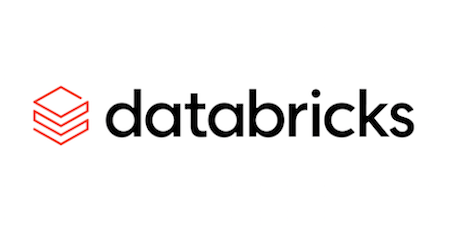Federal health

Health IT and data management
From scientific research data systems to disease surveillance systems to data exchange solutions, we provide critical health IT solutions so organizations can focus on scientific discovery, patient care, and population health.

Healthcare quality and efficiency
Our Medicare and Medicaid solutions and support lead to more efficient, better-quality care for beneficiaries and greater transparency for providers and the public.

Federal Health Research
With decades of academic rigor and project experience across all 50 states, ICF delivers high-quality, on-time, and on-budget research. Our health experts design robust research methodologies tailored to your specific needs, ensuring precise data collection and analysis.
Upcoming events
Our work
Featured experts
Our insights
Our technology partners


Related industries, solutions, and services

